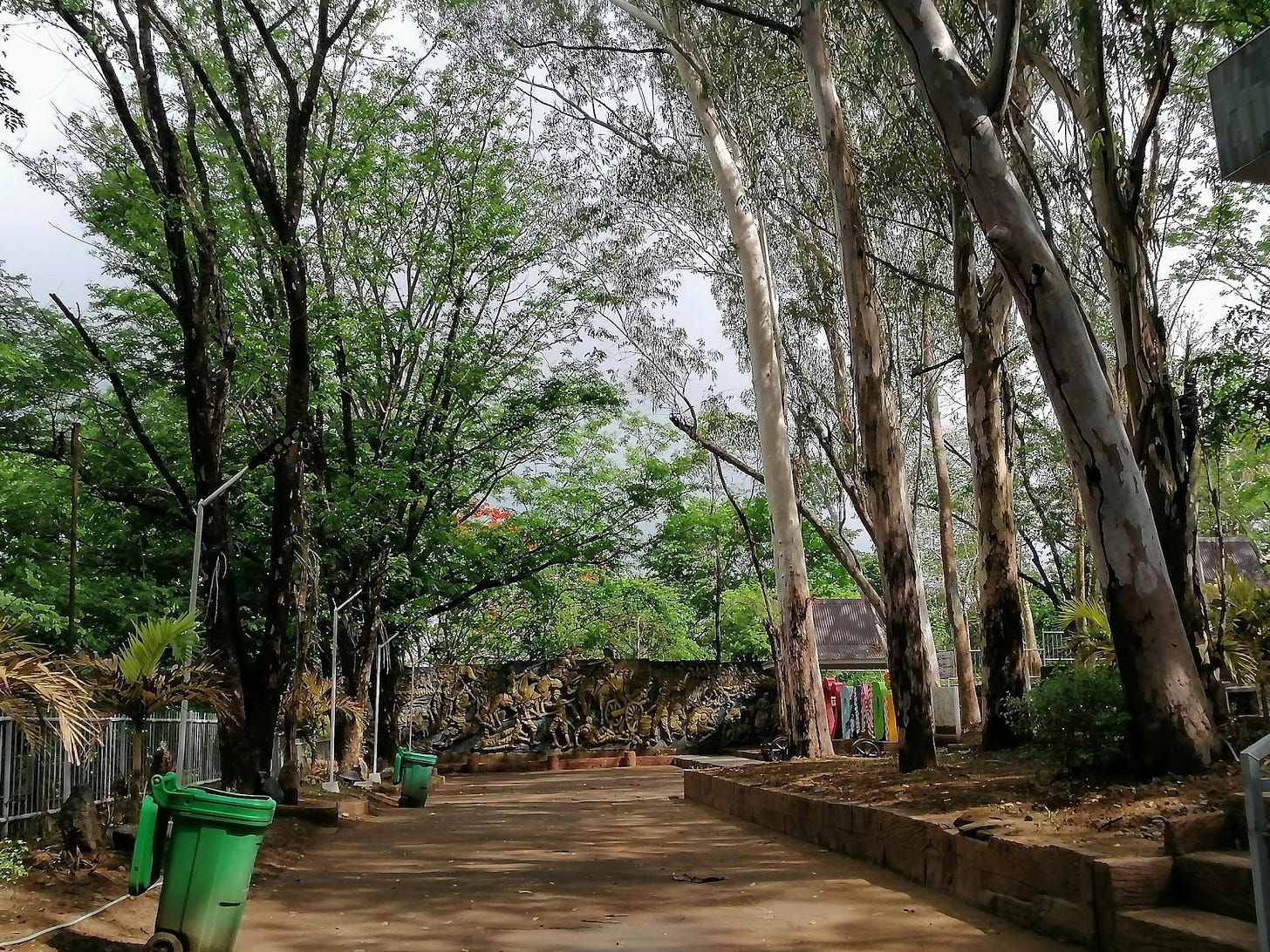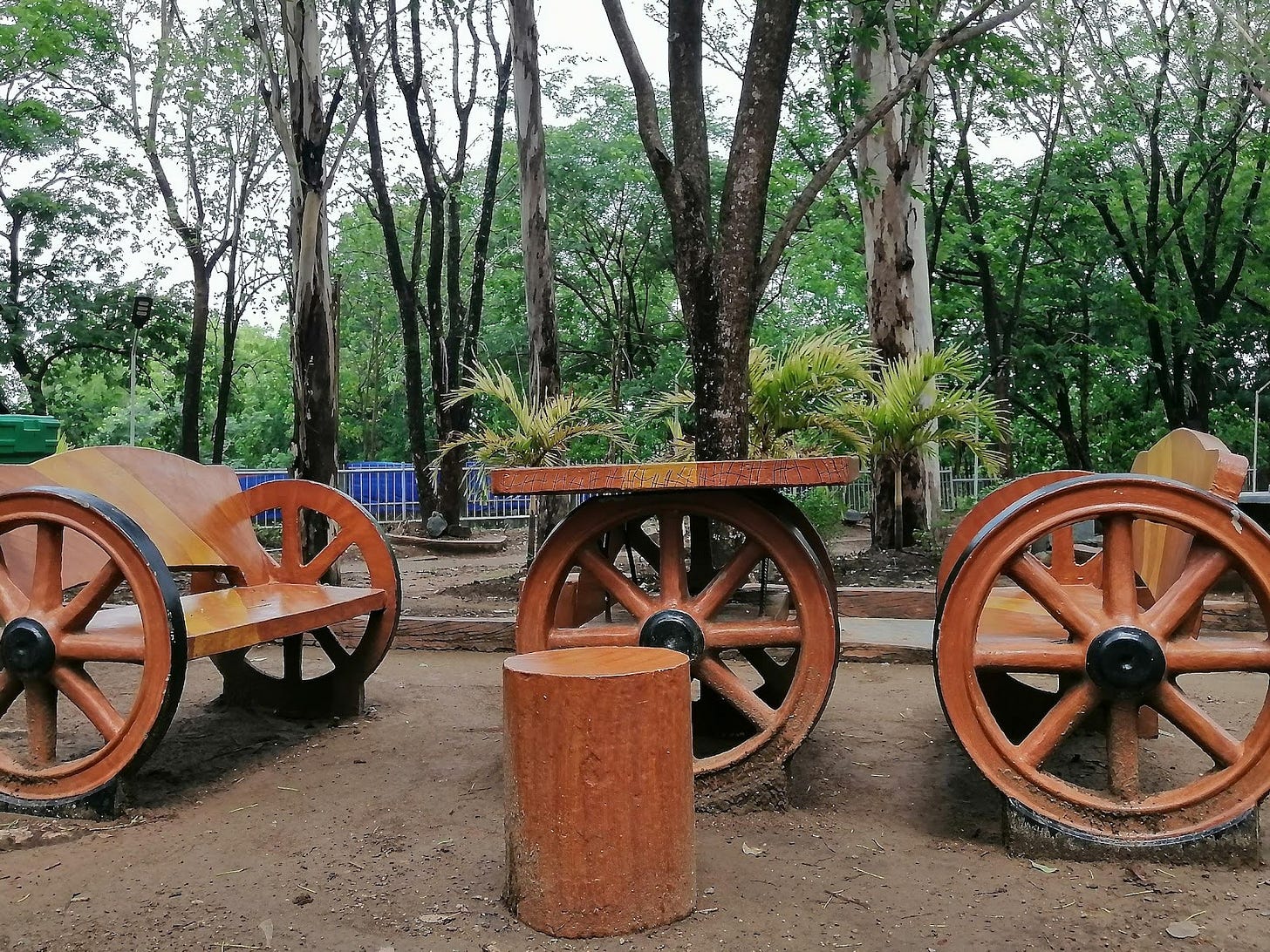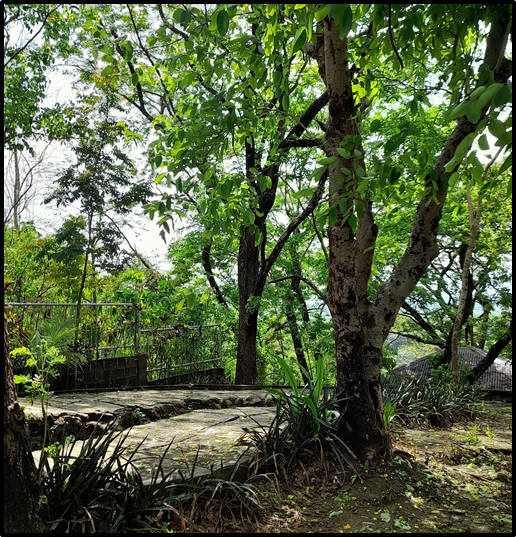INANG FILIPINA SHRINE : A HISTORICAL PLACE IN PANDI
Photo Essay by Charmie Rose Cepe
INANG FILIPINA SHRINE : A HISTORICAL PLACE IN PANDI
The Inang Filipina Shrine, located in Real de Cacarong, Pandi, Bulacan, holds a rich history of the sacrifices made by the Katipuneros during the Spanish colonial era. Residents commonly refer to this place as “Logia,” mistakenly assuming this to be the name of the statue of a girl located inside. However, the site was later officially designated as the Inang Filipina Shrine.
(1)Caption
As you enter the site, you'll feel a refreshing cold breeze, as it is covered with numerous trees that create a pleasant ambiance. As you approach, you will be greeted by a large wall depicting Katipuneros engaged in battle with the Spaniards. This commemorates the bloody battle that took place on January 1, 1897, when Spanish soldiers attacked the Katipuneros' fort, resulting in the deaths of 3,000 of our people and the capture of several others.
(2-3) Caption
In the right corner of the wall, there is an "I Love Pandi" sign, serving as an indicator of the site's location. Additionally, two sets of cemented benches are provided where visitors can sit and rest. Given its multifaceted nature, the site also serves as a park, inviting visitors for leisurely strolls and picnics.
(4-6)Caption
As you continue to explore the site, you will encounter a monument of a female figure at the highest point, flanked by sphinxes on either side. This monument symbolizes the patriotism and nationalism of the Katipuneros who sacrificed their lives to defend their territory. The sphinxes are believed to serve as guardians of secrets, reflecting the site's history as a fortress for a secret organization. Their presence signifies that any information held by the organization was to be kept confidential at all costs, as members were required to remain hidden and obey orders from their officials.
(7-9)Captio
Furthermore, Kakarong de Sili was the former name of this place, which once served as a fortress for 6,000 Katipuneros in Bulacan. It was led by General Eusebio, also known as “Maestro Sebio”, along with Canuto Villanueva, Casimiro Galvez, and even Gregorio “Goyo” del Pilar, known as the “Batang Heneral,” when they established it in 1896. It is also one of the first revolutionary republics in the Philippines and was referred to as the “Kakarong Republic.”
(10-11)Caption
However, visiting this place gives chills to some tourists and vloggers who come to create content about its history, marked by the deaths of many Filipinos. But, for others, it is a must-visit destination, not only for its ambiance but also for its rich historical significance.












